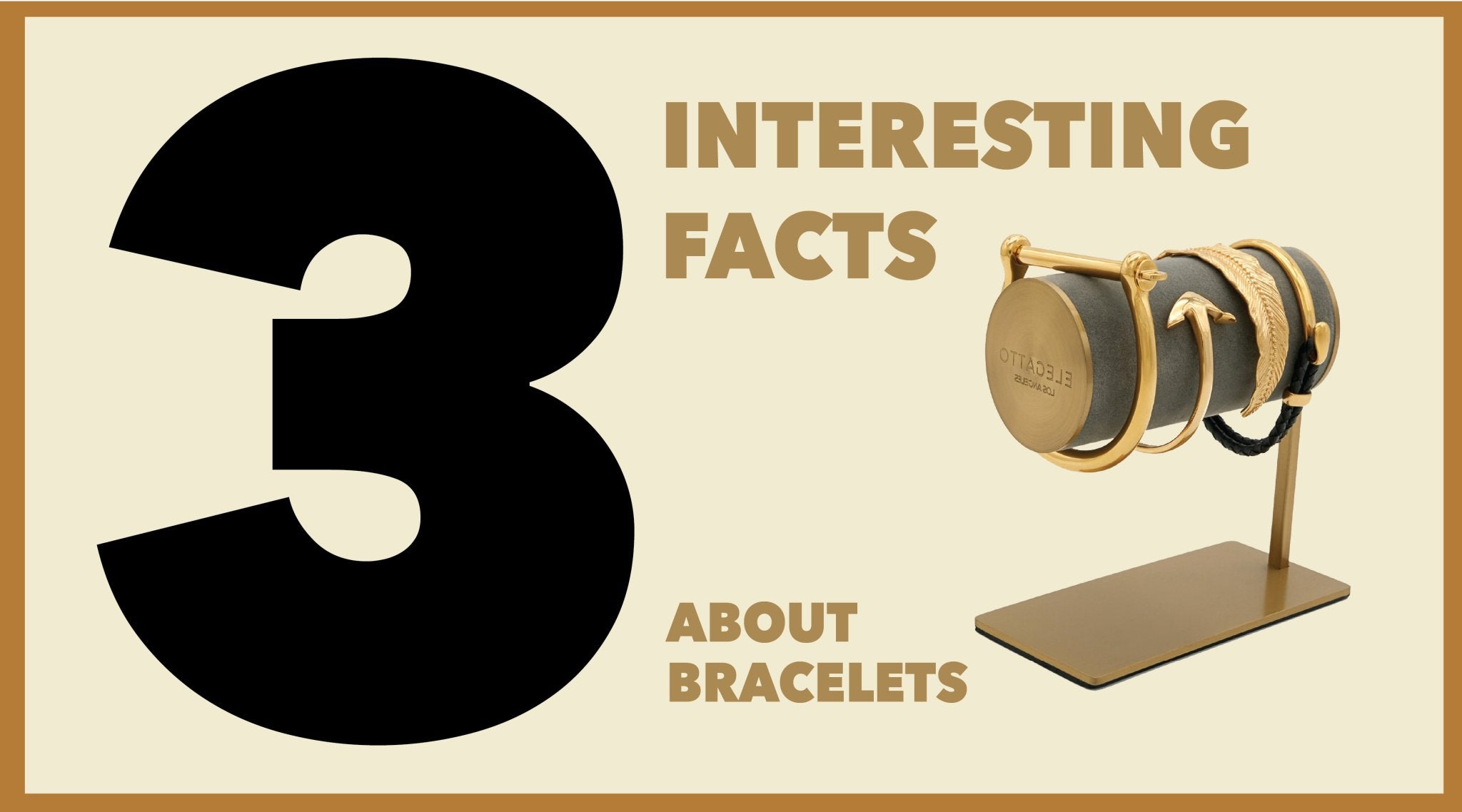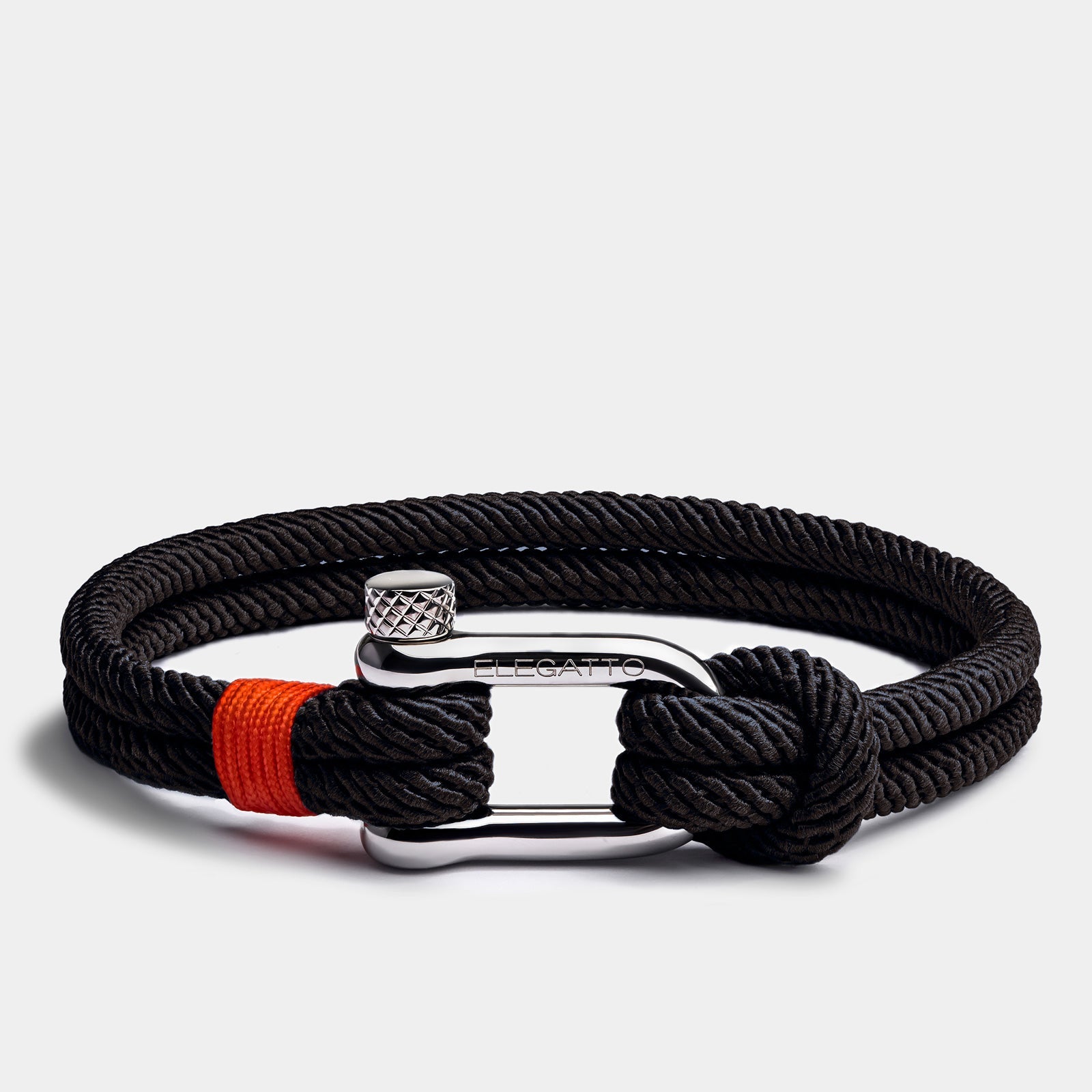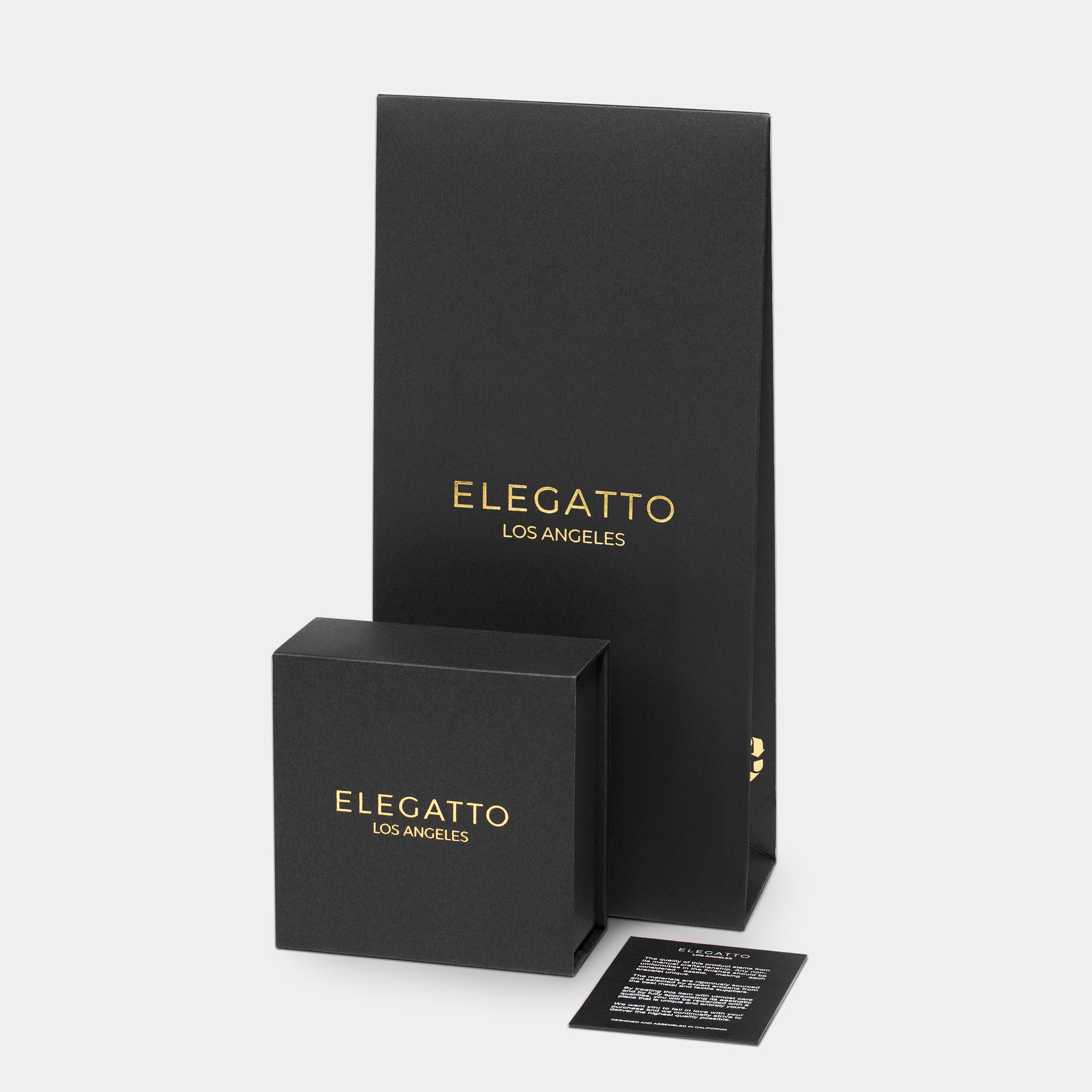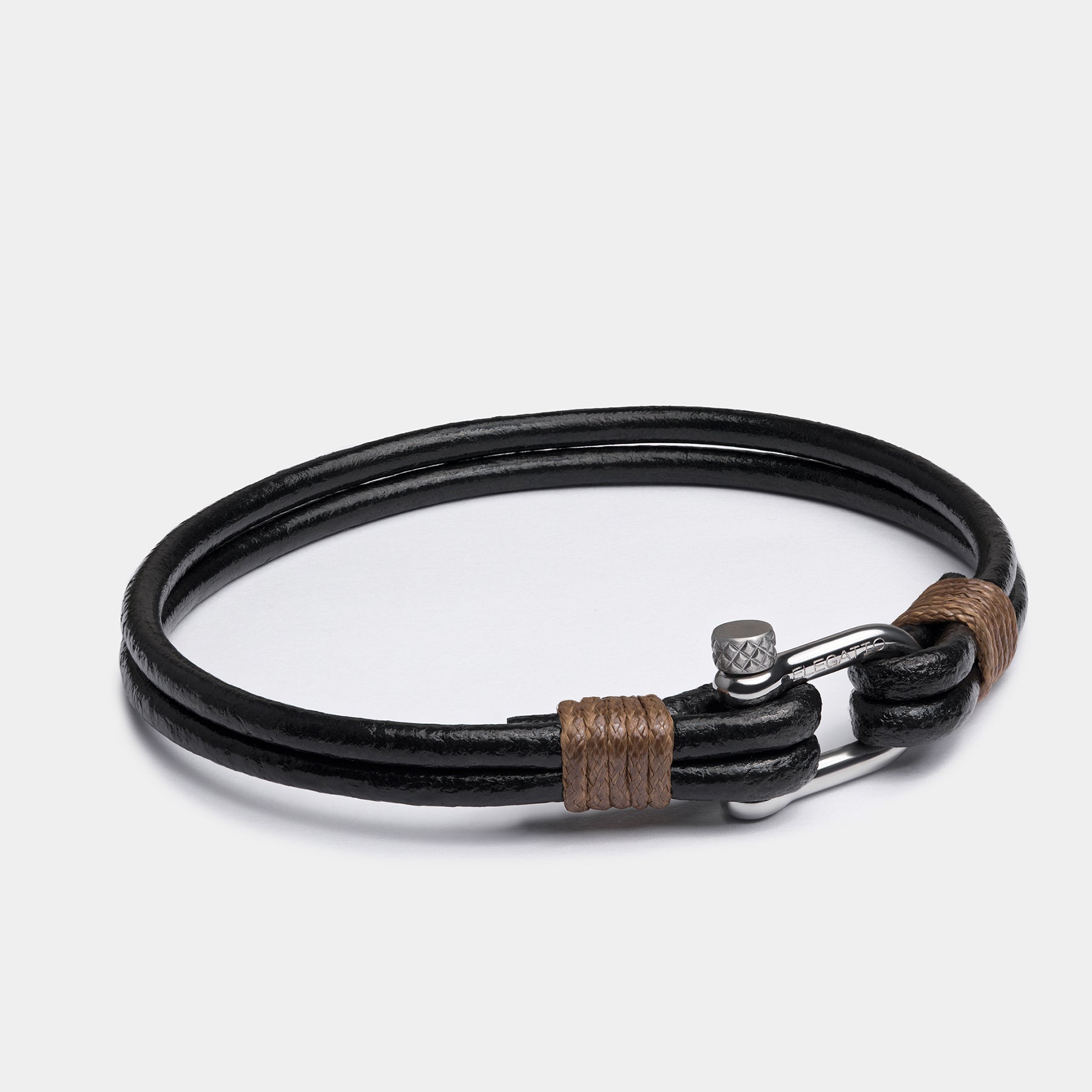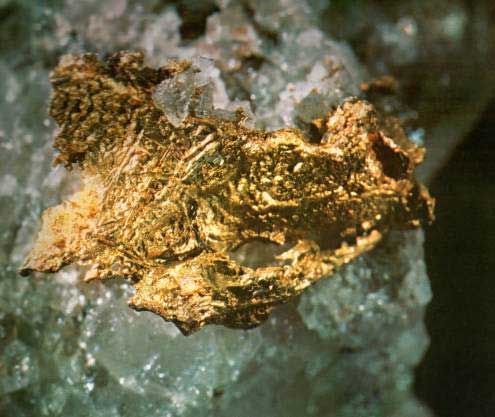
The History Of Gold Jewelry
If there is one thing in the world that signifies luxury, it’s gold. Gold in all its forms is the world’s most prominent symbol of wealth. For thousands of years, it has been moulded into coins, crowns, armor – and, of course, jewelry.

So, What is gold?
Gold is a chemical element that is composed of 79 protons in every atom, making it one of the higher atomic number elements that occur naturally. In a pure form, it is a bright, slightly reddish yellow, dense, soft, malleable, and ductile metal. Chemically, gold is a transition metal. Gold can be mined or created artificially, by assembling protons in this way. In its natural form, gold is found deep in the layers of the earth. It is transported by water, molten lava, volcanic eruptions and earthquakes, to the earth’s crust where it is mined. Geologists have found gold inside rocks as old 4.5 billion years ago.

Gold Jewelry in ancient times
Gold jewelry can be traced back to 4400 BC, however it may have been crafted and worn much earlier. Ancient gold jewelry was discovered by archaeologists on a dig in modern day Bulgaria, where they found hundreds of gold jewelry pieces belonging to the Thracian era.
There were items of jewelry alongside other decorative adornments that indicated status and wealth. Not only this, but the jewelry also displayed an impressive working knowledge of goldsmithing.
The Thracians weren’t alone in mastering working with gold. By the time of the Ancient Egyptians, molten gold was already being poured into moulds in order to create objects – a casting process that we continue to perform today.

Gold, as we’ve mentioned, is quite soft compared to other metals, which allows it to be shaped and moulded easier. Alongside this, gold is resistant to tarnishing and rusting, meaning that the warm yellow color perceived when the jewelry was first created would last, essentially, forever.
For ancient civilizations, gold jewelry therefore represented a long-lasting permanence, something that could accompany kings and accomplished warriors into the afterlife.
Aside from this, gold was abundant in places like Egypt, therefore it was used for jewelry amongst many other things.

Gold jewelry in human culture
From the filigree creations of the Etruscans in 6 BC Italy, to Late Bronze Age Ireland and Elizabethan England, gold jewelry has served not only as a decorative beauty but as a means of discovering what it was like to live in historical periods.
The Shannongrove Gorget (800-700 BC), for example, is a large, gold ceremonial collar found in Limerick, Ireland. The design of this collar suggests that a chain once allowed it to be worn as a necklace. As well as this, the disposal of the collar as part of a burial ritual hints at jewelry playing a huge role both in life and death.
Recent discoveries have only added to the allure of gold jewelry as a window to the past.

